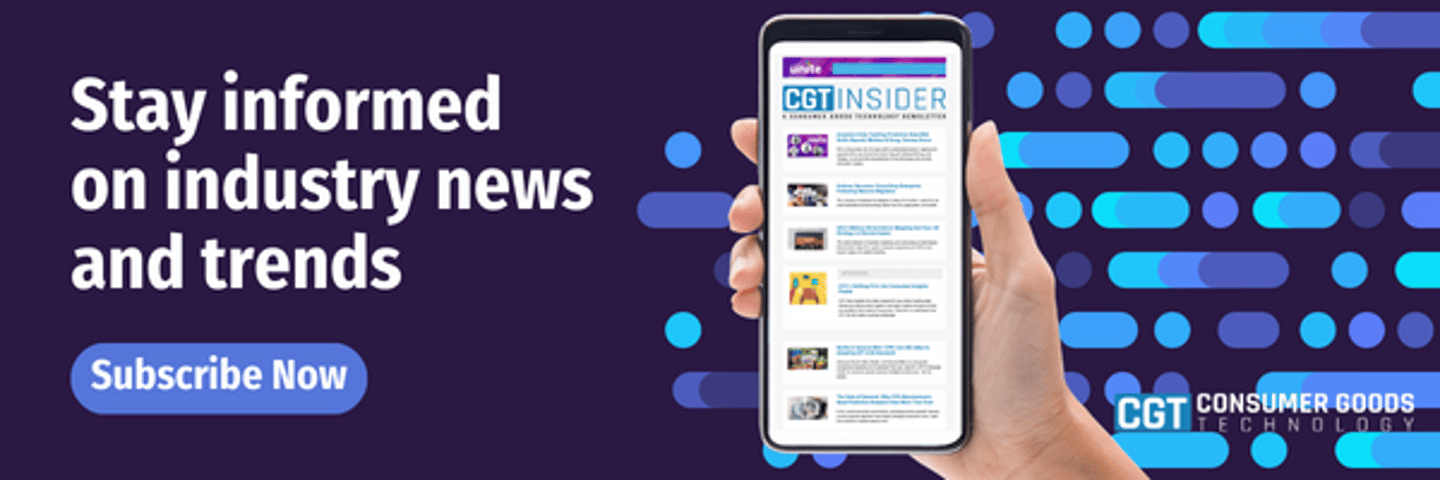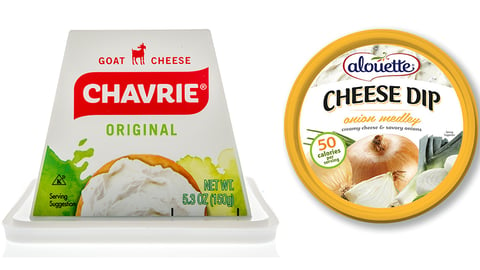Someone’s Missing in Retailer-CPG Negotiations
Retailers, CPGs, and suppliers spend most of their joint negotiation time and joint business plans (JBP) on basic block-and-tackle issues including supply chain, inventory, costs and pricing, AI data collection and analysis, data sharing, shelf-ready packaging, in-store security and shrinkage, self-checkout, success measurements such as Kantar, and sustainability and recycling, rather than collaborating on mutually beneficial longer-term strategies.
But as consumer demands evolve, should CPGs and retailers reevaluate how their partnerships deliver mutual value and elevate their performance?
“We throw around words like ‘partnership collaboration’ and ‘JBP’ like they mean something today,” said Joe Mueller, Kellogg Company’s VP, industry and customer development, at the “Growing the Pie: How Win/Win Retail and CPG Collaboration Will Expand the Industry” session at the League of Leaders meeting earlier this month at the Amazon Ads Building in New York City. “They don’t know what it means. We get together and we negotiate, but how do we break the paradigm of what truly is collaboration, and how do we partner with our retailer partners and our supplier partners to actually move the needle on the things that matter?”
The League of Leaders is a cross-functional gathering of business and IT leaders in retail and consumer goods who meet quarterly to exchange ideas on a range of trends. Learn more about how to get involved.
All three session panelists – Mueller, Amanda Jones, SVP of sales for Thinx, and Nikki Laughlin, chief innovation officer for Accelerate360 – along with session moderator Patrick Fitzmaurice, Head Farmer/CEO of Caterpillar Farm – agreed that in all retailer-CPG interactions, one key actor always seems missing.
“I don’t hear a lot of consumer-first, shopper-first orientation to the dialog,” Laughlin insisted. “We get so caught up in our underwear going through all the retailer and CPG dynamics, and there’s barely any mention of the shopper. We’ve got to continue to put the customer first, genuinely. Not cost, not all the other things that we can get caught up in, and not trade. Consumer-first engagement, I think that’s key.”
Many specific strategies to move beyond the retailer and CPG daily fire dousing were discussed in a lively back-and-forth between the panelists and the assembled League of Leaders executives. One executive observed that retailers have significant problems with store operations which is something that CPGs could participate in solving. “I think it would be a very big win if you would come to them with their interest at heart, and maybe they can reply with some help on the information side.”
Customer Wiring and Collaborative Business Planning Processes
“If you don’t have a strong customer wiring program that starts at the very bottom and goes to the very top depth and breadth across your organization, you will be lost,” Jones responded. “Make sure you are wired heavily and deeply across your organizations or your key customers that you really want to engage in, make sure that you are meeting with them frequently and deeply, and make sure that that calendarization is set and locked and loaded. Customer wiring can really help drive some new innovative patterns for you to help with collaborative business planning processes.”
Other than specific strategies, simply shifting some focus to the consumer is one path to more effective and mutually beneficial retailer-CPG collaboration. “How important is it to elevate these relationships?” rhetorically asked Fitzmaurice. “More importantly, what should it look like and then what best practices may need to happen for us to be able to start shifting the paradigm a little bit? Let’s chip away at where we need to shift time spent [to move] the needle for the collaborative partnerships to get growth.”







